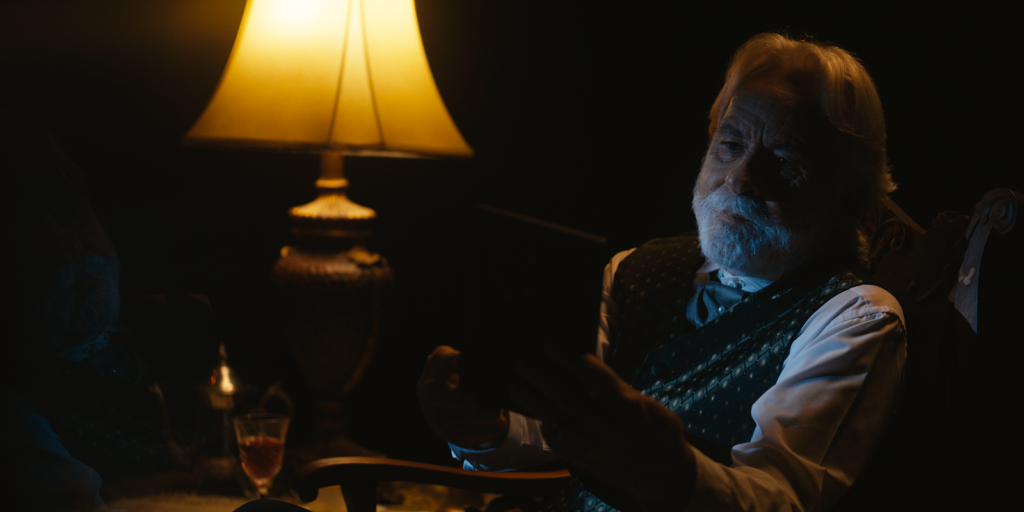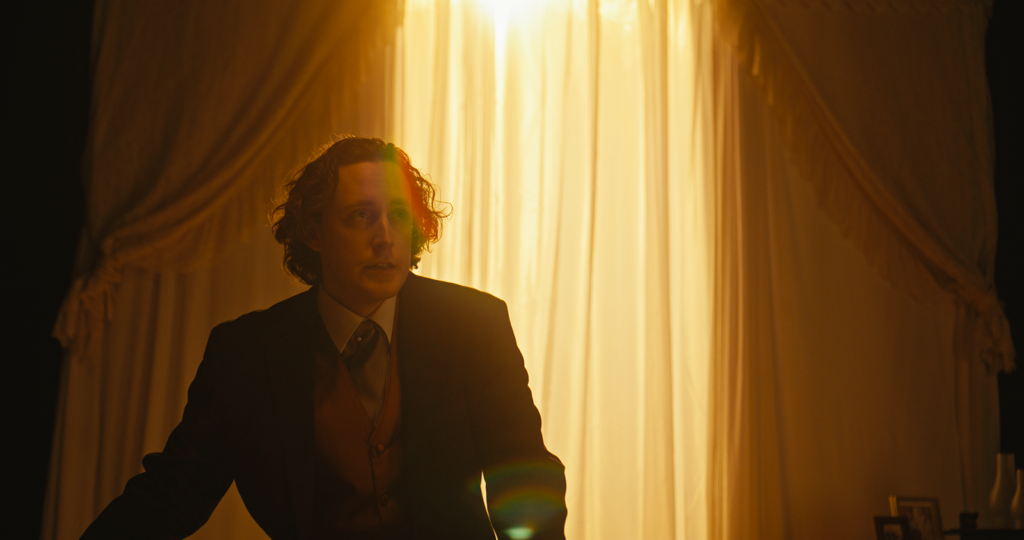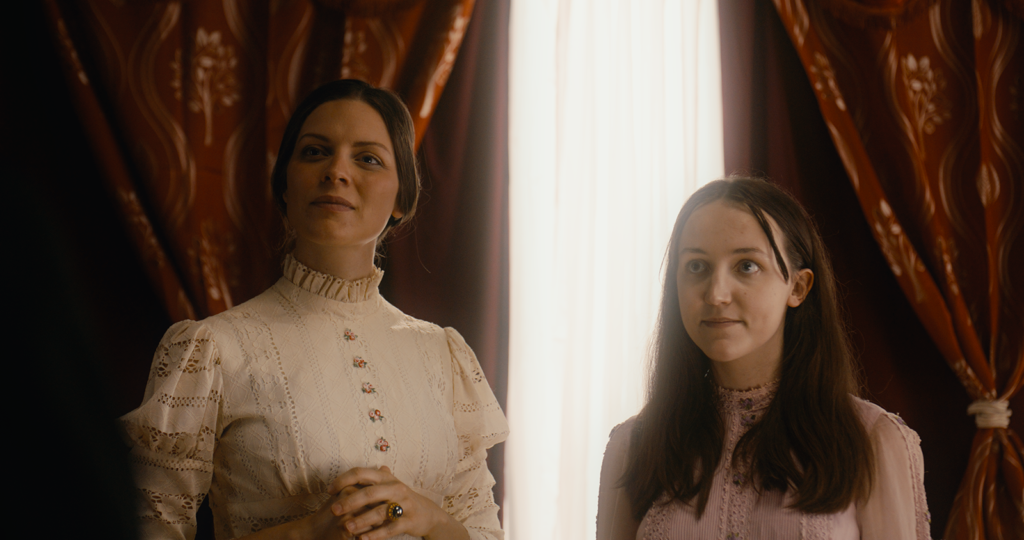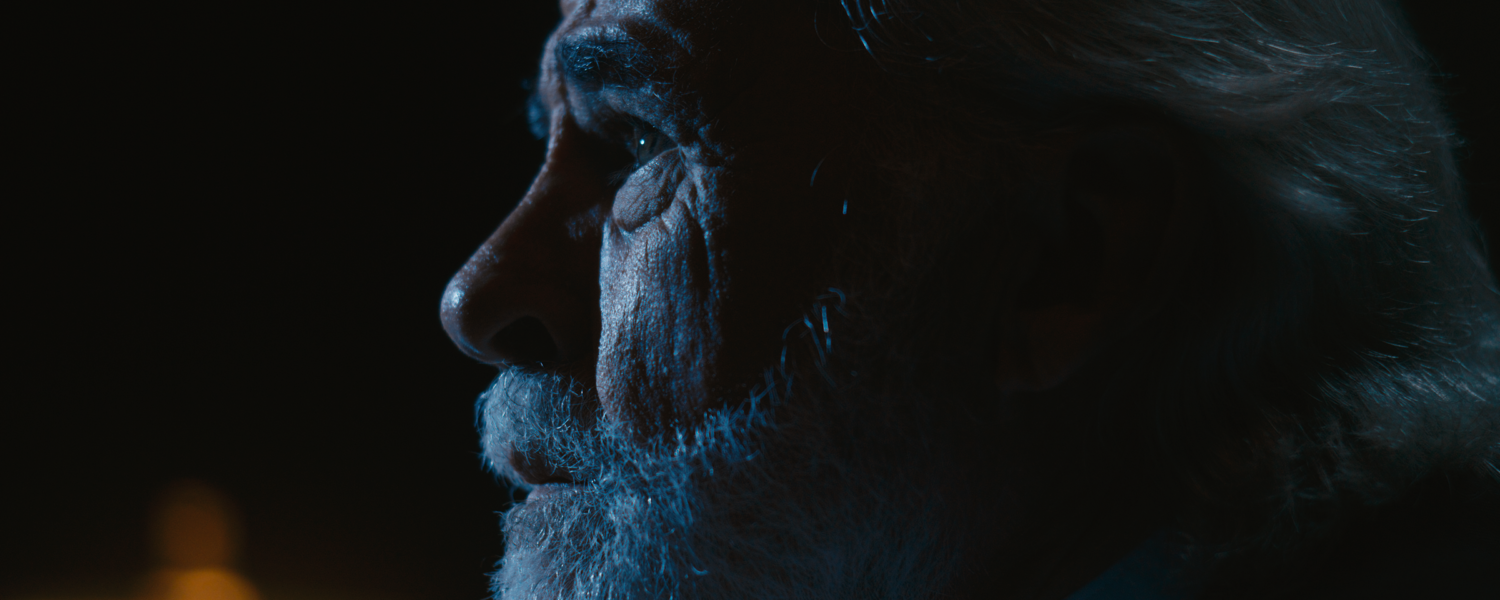A Local Film Production Takes A Unique
Approach To Telling A Timeless Story
Story by Matthew St. Amand
Photography by Garett McKelvie
It is easy to view great artists from previous centuries as seamless, imposing monuments of genius. They lived in a time where biographical details were scant, and the natural focus of attention was upon their singular artistic achievements. Composers, such as Beethoven and Tchaikovsky, among others, are often idealized as superhuman entities who had their entire creative lives meticulously planned out—which was usually far from the truth.
The Thousand Colours of the Morning, a Windsor-based feature-length film, examines the lives and relationships of three titans of 19th century classical music: Robert Schumann, Clara Schumann and Johannes Brahms. The movie offers a candid and fascinating window on their individual and collective genius, delving into the very human aspects of their intertwined lives.
The production began life as a theatrical piece written by Windsor playwright Barry T. Brodie.

“It was an idea that started in the mid-1970s,” Barry explains, “but was shelved while I was still in the research phase. I didn’t get back to it until 2018, when I shaped the material for the stage—a series of monologues, based on correspondence between Brahms and the Schumanns, interpolated with piano variations. It premiered at Shō in Olde Walkerville in 2019.”
The story begins with the initial meeting between Johannes Brahms and the celebrated musical couple, Robert and Clara Schumann in 1853, and the immediate and intimate bond that formed between them. The narrative is complicated by Robert’s lifelong battle with mental illness and the inevitable deterioration of his health. This forces Clara to become the sole provider for their eight children. During the tumultuous years that follow, the lines separating friendship and love between Brahms and Clara become blurred.
In the stage production, actor/writer/filmmaker Michael J. Krym played the role of Johannes Brahms. When the show completed its run, Barry approached him and said: “Let’s film this.”
“I said yes thinking: ‘I’m probably crazy,’” Michael recalls. “People told me they did not think it would work as a film, but it’s Barry—so I said I’d take a crack at it.”
The idea, at first, was to simply film the stage performance, but rarely does a one-to-one adaptation of a live production work on the screen. The fact of the story being a period piece compounded the complication. Michael was undaunted.
“‘Do you want to do this right?’” he asked Barry.
The answer was, of course, yes. Barry trusted Michael’s vision.
“It was a very different experience watching the film being made compared to preparing for the theatrical production,” Barry notes. “The play is in a totally different order. Michael stitched together the fifteen monologues, creating dialogue among the characters.”

For the film version of The Thousand Colours of the Morning, actors Kitu Turcas, Samantha Edwards and Jeremy Burke were cast to play Robert and Clara Schumann and Johannes Brahms, respectively.
The strategy that made the project work was Michael’s inspiration to use a hybrid theatrical setting.
“Michael called it ‘in limbo,’” Barry recalls, “where he blacked out the background and had only the interior elements we needed. It was a minimalist approach. For instance, in one scene there is just a mantle and a glass of sherry, and it leaves the rest to the audience’s imagination.”
The question became: where to film “in limbo”?
The University of Windsor’s School of Dramatic Arts generously donated space to the production, which gave Director of Photography, Garett McKelvie, complete control over the production’s lighting and Sound Engineer, Idriss Askour, control over the sound. Ken Amlin was brought on as editor, distilling more than thirty hours of footage into a sixty-seven-minute movie.
“Michael established eight different physical sets, assembled them, and filmed the movie over the course of eight days,” Barry says. “Everything in the Schumann home was shot on the first day, then in the sanitarium, then the doctor’s office. It was challenging for the actors because the story was filmed completely out of sequence.”
From the beginning, these musical titans are presented as people. Brahms, in his early twenties, comes to the Schumann home, awkward and earnest, nervous about meeting the great maestro. He meets Clara first and their connection is immediately apparent. When Robert Schumann finally enters the parlour, he is less interested in Brahms’ letters of introduction and formality and simply asks the young wunderkind to play some of his compositions. Brahms obliges. Joyous as this new friendship is, Schumann is consumed by his own struggles. At one point, he rises from bed in the middle of the night, imagining that the great composer, Schubert, visits him and dictates music to him. Schumann wanders from his home, passes through night streets until, finally, he throws himself into the Rhine.
Schumann survives, but Clara and Brahms are in turmoil, unable to help him. These particular scenes are so compelling, it’s hard to believe that they were filmed entirely indoors.
The end result is a work that is more dream than movie.

“When I saw the rough cut, it brought tears to my eyes,” Barry says. “Here is an idea that started with me, and it evolved, and so many beautiful, creative, artist spirits have touched this. I stand back in awe.”
Barry says he marveled at how the filmmaking has the story move through so many hands. The film’s budget was approximately $50,000.
“That’s a really modest budget,” Barry continues. “And Michael has a great sense of frugality and economy. He stays well within a budget. He knows how to get the most out of a dollar.”
The funding, in part, came from the Morris & Beverly Baker Foundation, The Eric Jackman Foundation, the Windsor Endowment for the Arts, the Arts Council Windsor Region (ACWR), along with many generous corporate and individual donors.
“When I first watched the footage, I was utterly awestruck at what we accidentally created,” Michael says. “When I’m editing folders, I don’t really see what’s there. In this case, I was mesmerized. Every reference photo Garett showed to people, they responded: ‘Wow, what is that project?’”
Film and classical music lovers can follow the final progress of The Thousand Colours of the Morning and learn where to see it by checking in at Michael’s website and Instagram, www.michaeljkrym.com, @michaeljkrym, as well as visiting the ACWR online at www.acwr.net.




Add comment